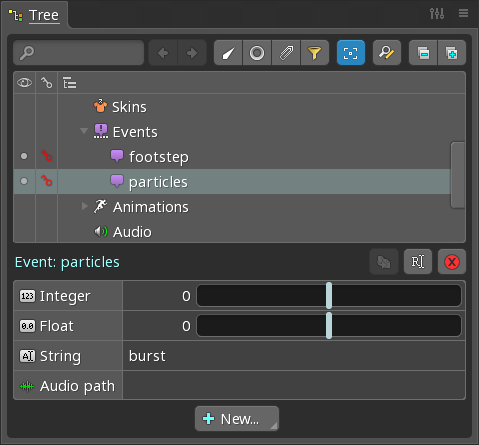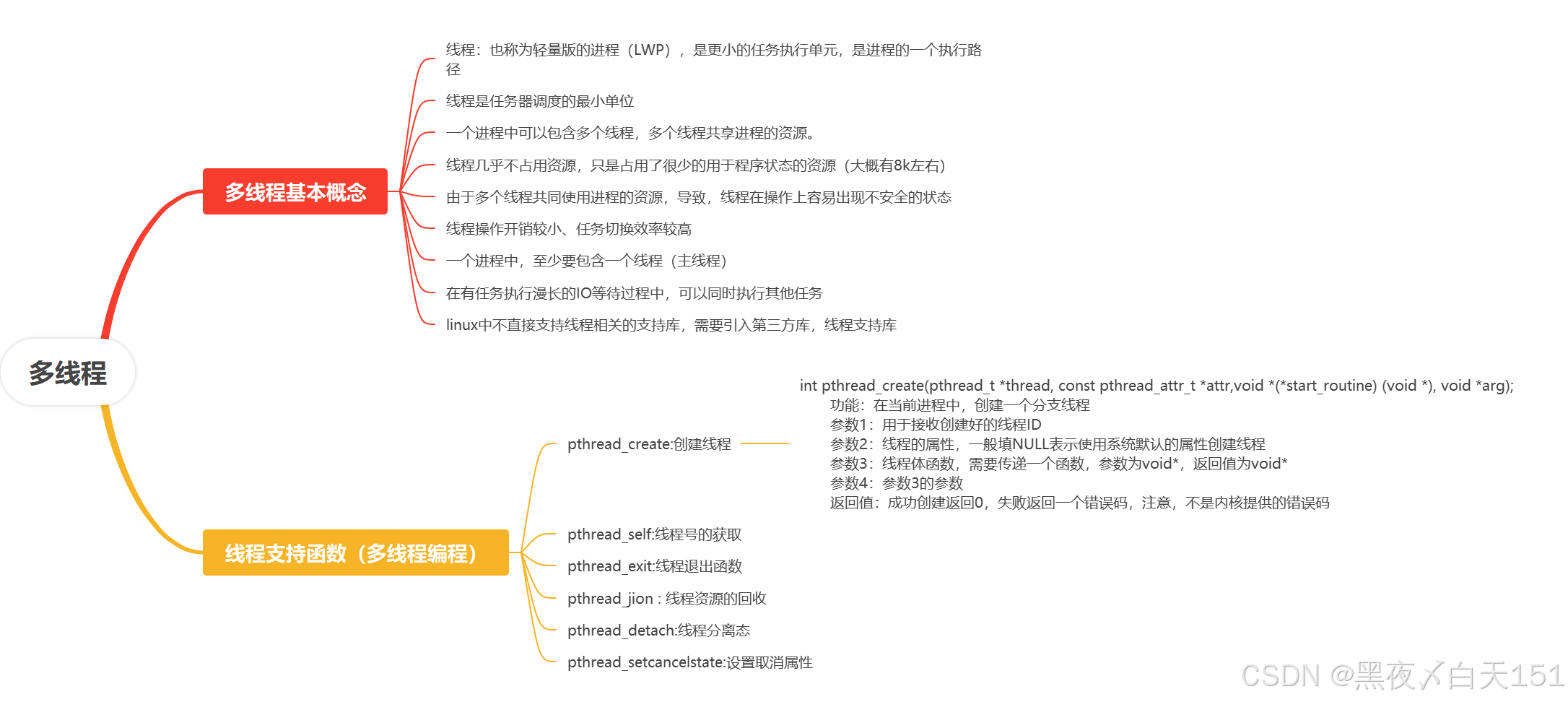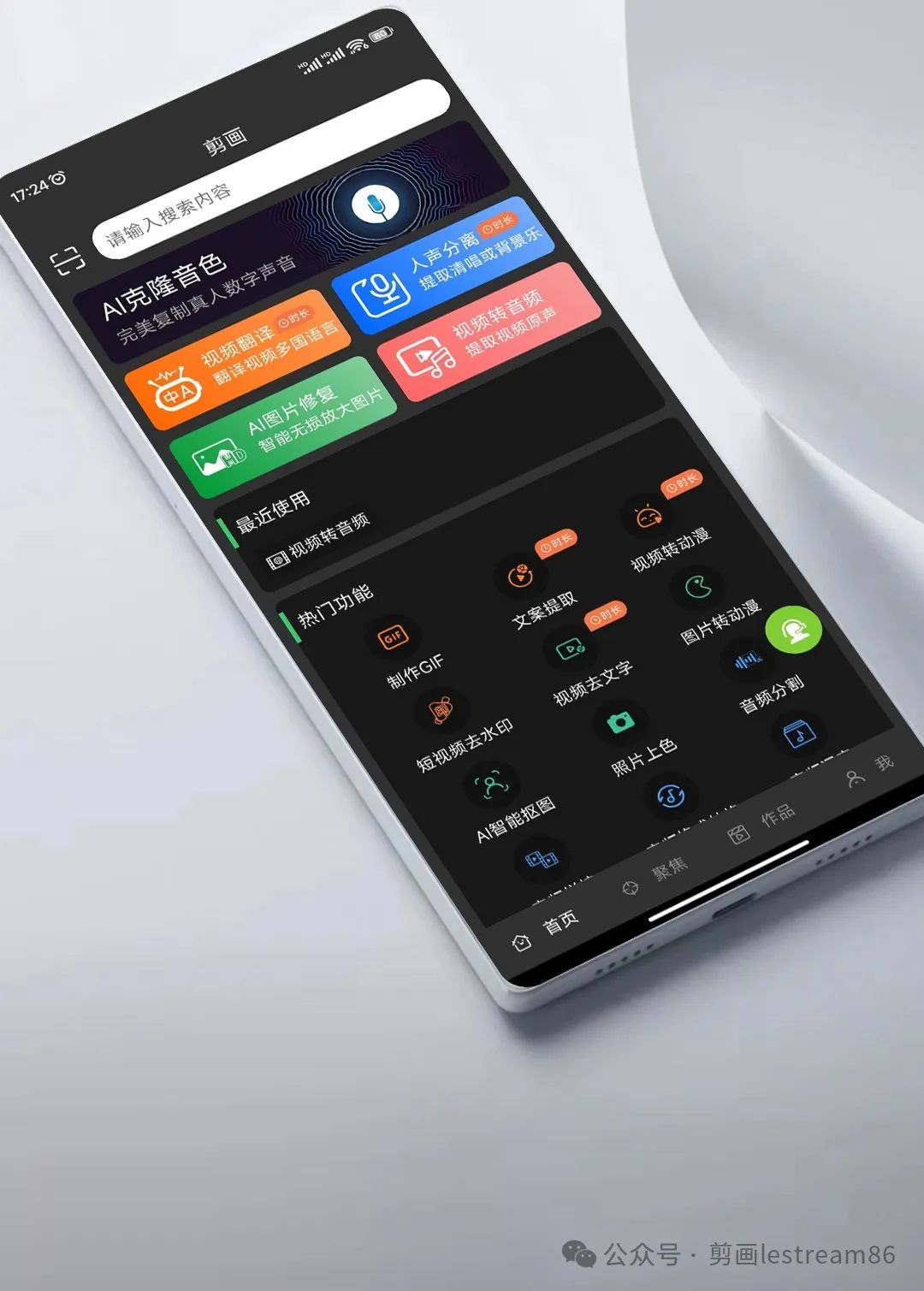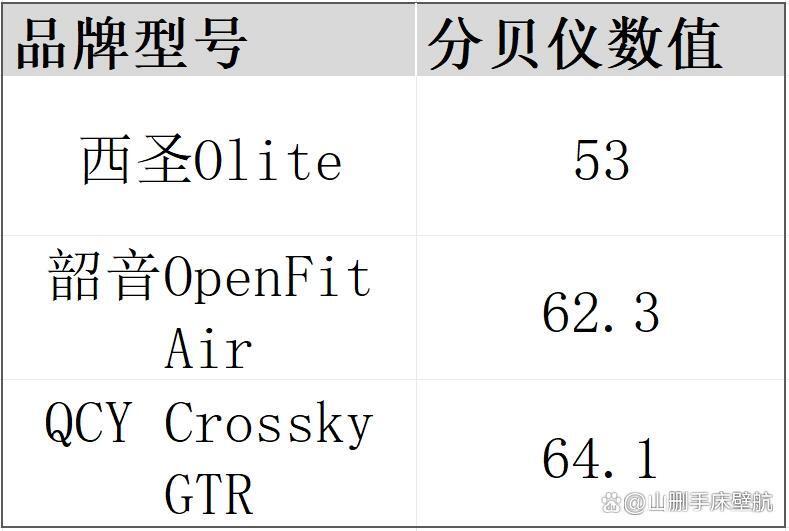有借鉴网上部分博客
首先,我先使用该数据集,通过线性回归的方法,做了一个预测问题
import numpy as np
import scipy.io as sio
import matplotlib.pyplot as plt
from scipy.optimize import minimize
#读取数据
path = "./ex5data1.mat"
data = sio.loadmat(path)
# print(type(data))
# print(data.keys())
X = data.get("X")
y = data.get("y")
Xval = data.get("Xval")
yval = data.get("yval")
Xtest = data.get("Xtest")
ytest = data.get("ytest")
X = np.insert(X,0,values=1,axis=1)
Xval = np.insert(Xval,0,values=1,axis=1)
Xtest = np.insert(Xtest,0,values=1,axis=1)
# theta = np.zeros((2,1))
# print(X.shape)
# print(y.shape)
#可视化数据
fig,ax = plt.subplots()
ax.scatter(X[:,1:],y)
ax.set_xlabel('water level')
ax.set_ylabel('water flowing out')
plt.show()
#代价函数
def cost_func(theta,X,y,lamda):
m = len(X)
cost = np.sum(np.power((X @ theta - y.flatten()),2))/(2*m)
reg = lamda * np.sum(np.power(theta[1:],2))/(2*m)
return cost+reg
#梯度函数
def gradient_descent(theta,X,y,lamda):
m = len(X)
grad = (X @ theta - y.flatten()) @ X / m
reg = lamda * theta / m
return grad + reg
lamda = 0
#优化
def train_final(X,y,lamda):
theta = np.ones(X.shape[1])
fmin = minimize(fun=cost_func,
x0=theta,
args=(X, y, lamda),
method='TNC',
jac=gradient_descent)
return fmin.x
theta_final = train_final(X,y,lamda)
print(theta_final)
#拟合图像
fig,ax = plt.subplots()
ax.scatter(X[:,1:],y)
ax.set_xlabel('water level')
ax.set_ylabel('water flowing out')
plt.plot(X[:,1:],X @ theta_final)
plt.show()
在这一部分,先读取数据,进行可视化,然后写出对应的代价函数和梯度函数,调用minimize进行优化,得到最佳的参数。


---------------------------------------------------------------------------------------------------------------------------------
拟合完函数,发现效果并不好,所以画出学习曲线分析问题
#绘画学习曲线
def learning_curve(X,y,Xval,yval,lamda):
train_cost = []
val_cost = []
x = range(1,len(X+1))
for i in x:
theta_i = train_final(X[:i,:],y[:i,:],lamda)
train_cost_i = cost_func(theta_i,X[:i,:],y[:i,:],lamda)
val_cost_i = cost_func(theta_i,Xval,yval,lamda)
train_cost.append(train_cost_i)
val_cost.append(val_cost_i)
plt.plot(x,train_cost,label="train_cost")
plt.plot(x,val_cost,label="val_cost")
plt.xlabel('number of training examples')
plt.ylabel('costs')
plt.show()
learning_curve(X,y,Xval,yval,lamda)
发现训练误差和验证误差都比较大,并且到后面趋于水平。分析可能是欠拟合问题。
因此,我选择增加特征次数的方法,也就是使特征项变多,最后得到一个比较不错的拟合函数。
#特征映射
def feature_mapping(X,power):
for i in range(2 , power + 1):
X = np.insert(X,X.shape[1],np.power(X[:, 1], i),axis=1)
return X
#标准化
def normalization(X):
mean = np.mean(X,axis=0)
stds = np.std(X, axis=0)
X[:, 1:] = (X[:, 1:] - mean[1:]) / stds[1:]
return X
power = 6
X_train_poly = feature_mapping(X,power)
X_val_poly = feature_mapping(Xval,power)
X_test_poly = feature_mapping(Xtest,power)
X_train_norm = normalization(X_train_poly)
X_val_norm = normalization(X_val_poly)
X_test_norm = normalization(X_test_poly)
theta_final_map = train_final(X_train_norm,y,lamda=0)
print(theta_final_map)
#拟合
fig,ax = plt.subplots()
ax.scatter(X[:,1:],y)
ax.set_xlabel('water level') # 设置坐标轴标签
ax.set_ylabel('water flowing out')
x = np.linspace(-60,60,100)
xReshape = x.reshape(100,1)
xReshape = np.insert(xReshape ,0,values=1,axis=1)
xReshape = feature_mapping(xReshape ,power)
xReshape = normalization(xReshape )
plt.plot(x, xReshape @ theta_final_map,c="r")
plt.show()
最后,我们需要选择合适的lamda,这里使用验证集选择。也就是说使用训练集得到合适的参数theta,使用验证集得到合适的参数lamda。
#选择lamda
lamdas = [0, 0.001, 0.003, 0.01, 0.03, 0.1, 0.3, 1, 3, 10]
train_cost = []
val_cost = []
for lamda in lamdas:
theta_lamda = train_final(X_train_norm,y,lamda)
train_cost_lamda = cost_func(theta_lamda,X_train_norm,y,lamda=0)
vai_cost_lamda = cost_func(theta_lamda,X_val_norm,yval,lamda=0)
train_cost.append(train_cost_lamda)
val_cost.append(vai_cost_lamda)
plt.plot(lamdas,train_cost,label="train_cost")
plt.plot(lamdas,val_cost,label="val_cost")
plt.show()

然后,我们得到的最佳的lamda
# 最佳lamda
bestLamda = lamdas[np.argmin(val_cost)]
print(bestLamda)
# 训练测试集
res = train_final(X_train_norm, y, bestLamda)
print(cost_func(res, X_test_norm, ytest, lamda=0)) 


















